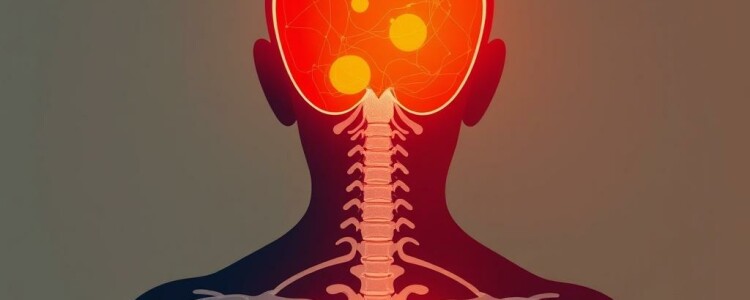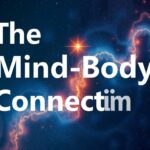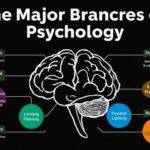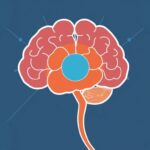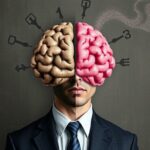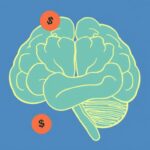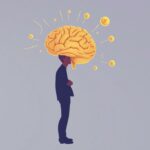Pain is something every human being experiences at some point in their life. Whether it’s the sharp sting of a paper cut or the dull, persistent ache of chronic illness, pain is both a physical and psychological phenomenon. But have you ever stopped to think about how much your mind shapes your experience of pain? The psychology of pain is a fascinating field that explores the complex relationship between the brain, the nervous system, and how we perceive and respond to painful stimuli. In this article, we will dive deep into what pain really is, how our thoughts and emotions influence it, and why understanding this connection is crucial for managing pain effectively.
What Is Pain? More Than Just a Physical Sensation
At first glance, pain might seem like a simple, straightforward process: you injure yourself, nerves send a signal to your brain, and you feel pain. However, the reality is much more complicated. Pain is defined by the International Association for the Study of Pain as “an unpleasant sensory and emotional experience associated with actual or potential tissue damage.” Notice how this definition includes both sensory and emotional components. This dual nature reminds us that pain is not just about damaged cells or nerves firing; it’s also about how the brain interprets those signals and the emotions attached to them.
The body contains specialized nerve endings called nociceptors that detect harmful stimuli like extreme heat, pressure, or inflammation. When triggered, these nociceptors send electrical signals via the spinal cord to multiple areas in the brain. The brain then processes the incoming information, integrates past experiences, memories, and current emotional state, and eventually produces the sensation of pain. This means that two people can experience the exact same injury but perceive very different levels of pain.
The Role of the Brain in Pain Perception
The brain’s involvement in the psychology of pain is profound. Several brain regions are activated during pain perception:
| Brain Region | Function in Pain Perception |
|---|---|
| Somatosensory Cortex | Processes the location, intensity, and nature of the pain stimulus |
| Anterior Cingulate Cortex (ACC) | Involved in the emotional response and unpleasantness of pain |
| Prefrontal Cortex | Plays a role in evaluating pain and decision-making regarding responses |
| Insular Cortex | Integrates physical sensations with emotional feelings |
| Thalamus | Acts as a relay center transmitting pain signals to the brain |
This complex network illustrates that pain is processed in parts of the brain associated with emotions, memory, and decision-making, not just sensory input. The emotional experience of pain is why the psychology of pain cannot be ignored in any discussion about pain relief or treatment.
How our Emotions and Thoughts Influence Pain
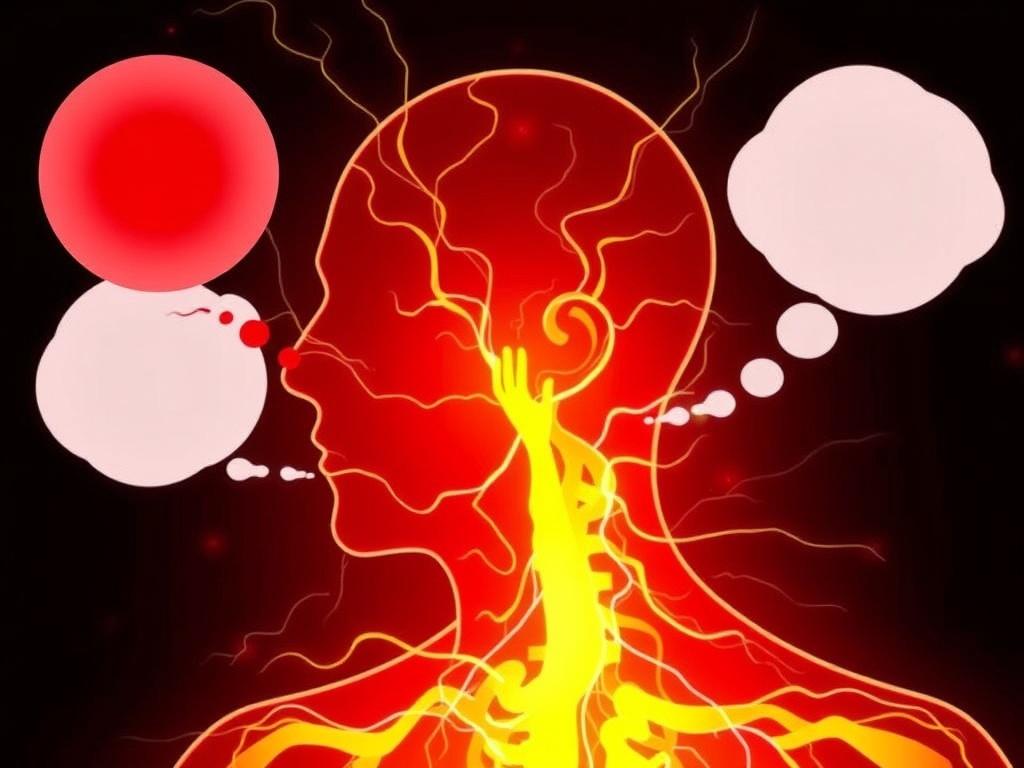
Understanding the psychology of pain requires us to acknowledge that our thoughts and feelings influence how we experience pain. In fact, pain is subjective, and this subjectivity is shaped by several psychological factors such as attention, mood, expectation, and previous experiences.
Imagine holding your hand in ice-cold water. After a while, the sharp pain might fade, or you might become less bothered by it. This change happens partly because your brain adjusts and tunes out some of the pain signals if you stop focusing on them. This effect is linked to the concept of pain modulation in psychology.
The Impact of Attention and Distraction
Where you focus your attention plays a significant role in amplifying or diminishing pain. Numerous studies have shown that distraction can reduce the perception of pain. For example, watching a movie, listening to music, or engaging in engaging tasks often helps people tolerate pain better. This is because pain signals compete for brain resources with other sensory stimuli and cognitive processes.
Conversely, focusing intensely on pain can magnify its intensity. People who ruminate obsessively on their pain tend to report higher pain intensity and greater disability, showing how the psychology of pain involves a feedback loop between the body and mind.
Mood and Pain: The Connection Goes Both Ways
Pain and mood have a complicated, two-way relationship. Chronic pain can often lead to feelings of depression and anxiety, which in turn can worsen pain perception. Negative emotions heighten sensitivity to pain signals and reduce the brain’s ability to regulate pain effectively. This connection explains why many treatments for chronic pain include psychological support or therapies aimed at improving mood.
Conversely, positive emotions like happiness, hope, and calmness have been shown to reduce pain perception. Activities that promote relaxation or well-being, such as meditation or spending time in nature, can engage the brain’s natural pain-relief systems, often referred to as endogenous opioids.
Psychological Theories Behind Pain Perception
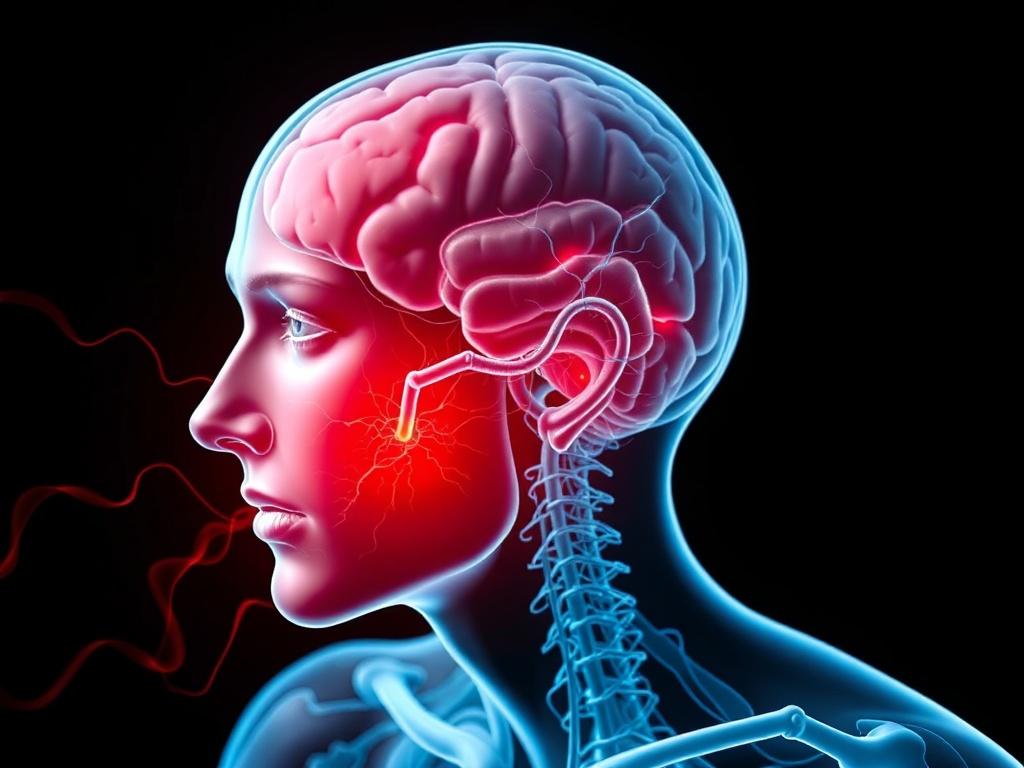
To better grasp how pain psychology works, psychologists have developed several theories that explain the interplay between mind and body.
The Gate Control Theory
Developed in the 1960s, the Gate Control Theory revolutionized the understanding of pain. The theory suggests that a “gate” mechanism in the spinal cord regulates the flow of pain signals to the brain. Non-painful stimuli can “close the gate,” reducing the perception of pain.
For instance, rubbing a sore spot after bumping it activates non-painful nerve fibers, which helps to inhibit the pain signals going to the brain, providing relief. This theory highlights how sensory information and psychological factors influence how much pain we feel.
The Neuromatrix Theory
Furthering the Gate Control Theory, Ronald Melzack proposed the Neuromatrix Theory, which states that pain is produced by a neural network in the brain he called the “body-self neuromatrix.” This network creates the experience of the body in the brain, integrating multiple inputs—not just signals from injury, but also emotional, cognitive, and environmental factors.
This theory explains phenomena such as phantom limb pain, where amputees feel pain in limbs that no longer exist. The brain’s neuromatrix generates pain experience even in the absence of physical damage, showing the powerful role of the brain in constructing pain.
Cognitive-Behavioral Theory
Cognitive-behavioral theories emphasize thoughts, beliefs, and behaviors in influencing pain. Catastrophizing, or focusing on the worst possible outcomes, is a common cognitive distortion that increases pain perception and emotional distress. Psychological therapies like Cognitive Behavioral Therapy (CBT) aim to change these negative thought patterns, teaching patients coping skills to manage pain better.
CBT has proven effective in treating chronic pain conditions by reshaping how patients think about pain and encouraging behaviors that reduce disability and improve quality of life.
Psychological Factors That Affect Pain Experience
Many psychological factors come into play when understanding the psychology of pain. Here are some of the most important:
- Fear and Anxiety: Fear of pain or injury can increase muscle tension and sensitivity to pain, leading to a vicious cycle of chronic pain.
- Attention and Distraction: Focusing on pain increases suffering, while distraction can activate endogenous pain-relief systems.
- Beliefs and Expectations: Cultural background and personal beliefs influence how pain is interpreted and tolerated.
- Social Support: Having compassionate support can ease the emotional burden of pain, reducing its intensity.
- Stress: Chronic stress alters nervous system responses, increasing inflammation and pain sensitivity.
- Psychological Resilience: A person’s ability to bounce back from adversity can buffer the impact of pain.
By acknowledging these factors, healthcare providers can adopt a holistic pain management approach, addressing not just the physical but also the psychological components.
Psychological Pain Management Techniques

Because pain is as much a mental experience as a physical one, psychological interventions can be highly effective. Here are some common psychological strategies used to manage pain:
Meditation and Mindfulness
Mindfulness involves paying non-judgmental attention to the present moment. Numerous studies have shown that mindfulness meditation alters how individuals process pain, decreasing emotional reactivity and increasing pain tolerance. It helps retrain the brain to accept pain sensations without generating anxiety or fear.
Cognitive Behavioral Therapy (CBT)
As mentioned earlier, CBT targets negative thoughts and behaviors that exacerbate pain. By teaching patients how to identify unhelpful thought patterns and replace them with positive coping strategies, CBT empowers people to take control of pain.
Biofeedback
Biofeedback uses electronic sensors to help patients become aware of physiological functions like muscle tension or heart rate. By learning to control these functions, individuals can reduce stress-induced pain and improve relaxation.
Relaxation Techniques
Techniques such as progressive muscle relaxation, guided imagery, and deep breathing help reduce muscle tension and anxiety associated with pain.
Psychological Counseling and Support Groups
Talking to a counselor or joining a support group helps people process the emotional impact of chronic pain. Sharing experiences normalizes feelings and provides strategies for coping.
Why Understanding the Psychology of Pain Matters
Pain is not a simple biological signal but a lived experience shaped by the brain’s interpretation and the person’s environment, thoughts, and emotions. Understanding the psychology of pain is essential for developing comprehensive treatment plans that go beyond medication.
Chronic pain, in particular, can lead to disability, depression, and social isolation if not addressed holistically. When healthcare providers recognize the psychological components of pain, they can use integrative approaches that improve outcomes. Patients, too, benefit from knowing that their minds can influence pain and that developing psychological skills can empower them to manage pain better.
Psychology of Pain vs. Physical Pain
It’s important to clarify that psychological pain does not mean the pain is imaginary or “all in the head.” Instead, physical and psychological pain are intertwined. Psychological pain mechanisms can amplify or mitigate physical pain. This understanding validates patients’ experiences and promotes empathy in treatment.
Future Directions in Pain Psychology
Advancements in neuroscience and psychology are opening new doors to personalized pain management. For example, brain imaging studies help identify neural markers that predict who might respond best to certain psychological interventions. Digital health tools such as virtual reality are also being explored as novel ways to modulate pain perception.
As research continues, the hope is to develop better integrated strategies, combining pharmaceuticals, physical therapy, and psychological care tailored to each person’s unique pain experience.
Summary Table of Psychological Factors Influencing Pain and Their Effects
| Psychological Factor | Effect on Pain | Possible Intervention |
|---|---|---|
| Fear and Anxiety | Increases muscle tension and pain sensitivity | CBT, Exposure therapy |
| Attention | Focusing on pain amplifies it; distraction reduces it | Distraction techniques, Mindfulness |
| Depression | Enhances pain perception and disability | Psychotherapy, Antidepressants |
| Stress | Increases inflammation and lowers pain threshold | Relaxation training, Biofeedback |
| Social Support | Reduces pain and emotional distress | Support groups, Family therapy |
Conclusion
Pain is an all-encompassing experience shaped not only by physical damage but also by our minds, emotions, and environment. The psychology of pain reveals that how we think about, focus on, and emotionally respond to pain can dramatically change how intensely we feel it and how it impacts our lives. Recognizing the powerful connection between mind and body shifts the way we approach pain management, emphasizing a compassionate, holistic view that addresses both physical sensations and psychological well-being. With techniques like mindfulness, cognitive-behavioral therapy, and relaxation strategies, we have tools to influence our perception of pain and improve quality of life. As science advances, the psychology of pain will continue to unlock new, effective ways to help millions who suffer from pain every day. Understanding pain as a mind-body experience empowers us to face pain with greater resilience, hope, and control.

